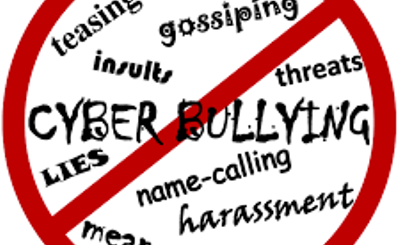It’s okay if we disagree on many things. Like on whether the earth is flat or round. Or if a blouse is yellow or mustard.
BUT,
We can at least agree that a society of mindful and empathetic people would do us some good.
Empathy is rare today and this has been demonstrated in the way we treat each other. The significantly high bullying cases in Kenyan secondary schools demonstrate this pattern.
Bullying and violence among adolescents in Kenya are widespread in schools. Many junior students, particularly those from ethnic minorities, ‘outcasts’ and those with disabilities, experience at least one form of bullying at school.
Majority of victims of bullying are beaten, threatened, called nasty names, have their belongings taken away, or have tasteless pranks played on them. The list is long.
The worst thing about all this is that most school managements deny bullying reports even if there is truth to them. Case in point, the chilling details of bullying and torture at Alliance High School that came under the spotlight in 2017. The former principle denied bullying reports despite overwhelming evidence.
The saddest part is that the impact of this vice is often overlooked and sometimes tolerated. This problem is deeply rooted in cultural and societal beliefs.
It gets worse because reports now show that there is a likely link between traditional bullying and cyberbullying.
The link
In addition to being concerned about the potential harm that bullying poses to victims, there is also the possibility of a continuation of this vice when perpetrators leave school. This is because research has suggested a strong connection between cyberbullying and traditional bullying.
A study published in the Journal of Deviant Behavior found that youth who bullied others in real life in the previous six months were over 2.5 times likely to bully others online.
Similarly, youth who were victims of traditional bullying in the previous six months were more than 2.5 times likely to be victims of cyberbullying.
Let’s not also forget that those who are bullied are also likely to transform themselves into bullies thus increasing the prevalence of this vice.
Verbal warnings to perpetrators are often the go-to solution but clearly not effective seeing that the vice is still widespread. We have to think about other practical solutions.
Promising interventions
Bullying victims may consider school unsafe, are at increased risk of depression and are likely to suffer from low-esteem. These and other impacts may progress into adulthood.
Bullies posses certain characteristics such as the need to feel powerful and in control, derive satisfaction from inflicting injury and suffering on others, and have little or no empathy for their victims.
To deal with this issue, we need well-defined interventions. Here are some helpful ones:
School bullying policies should be implemented and observed by all students. These guiding principles should not just be a formality. Clearly, this approach has not worked well in the past thus these policies need to be taken seriously.
The second intervention is improving the school environment. An enabling environment has played a major role in encouraging and tolerating bullies. Comprehensive anti-bullying programs involving parents, students, the community members, and teachers need to be put in place to ensure the learning environment is safe and friendly.
There is the need to revisit the punishment for those found guilty. Verbal warnings have not deterred bullies from perpetuating bullying. Expulsion should be highly considered especially in cases where this behavior is persistent.
Consistent adult supervision can be used to eliminate or minimize the incidences of bullying. This is a great intervention since it ensures that senior members are aware of any incidents in a timely manner. This, in turn, ensures that appropriate and timely action is taken.
Next, we need to empower students through conflict resolution. They need to know that instead of directing negative emotions to their peers, there are are many others ways of solving conflicts. Like talking to a family member, school counselor, or talking their issues out.
Finally, research has proposed anti-bullying programs that involve individualized interventions with bullies and victims. Teachers should work with students to come up with ways of assisting the victims as well as creating a climate where bullying is not tolerated. Peer counseling and assertive training can help victims overcome the trauma and become more assertive thus less vulnerable.
Do you know of any strategies that can help wipe out school bullies? Share your thoughts in the comments section.







Leave a Reply